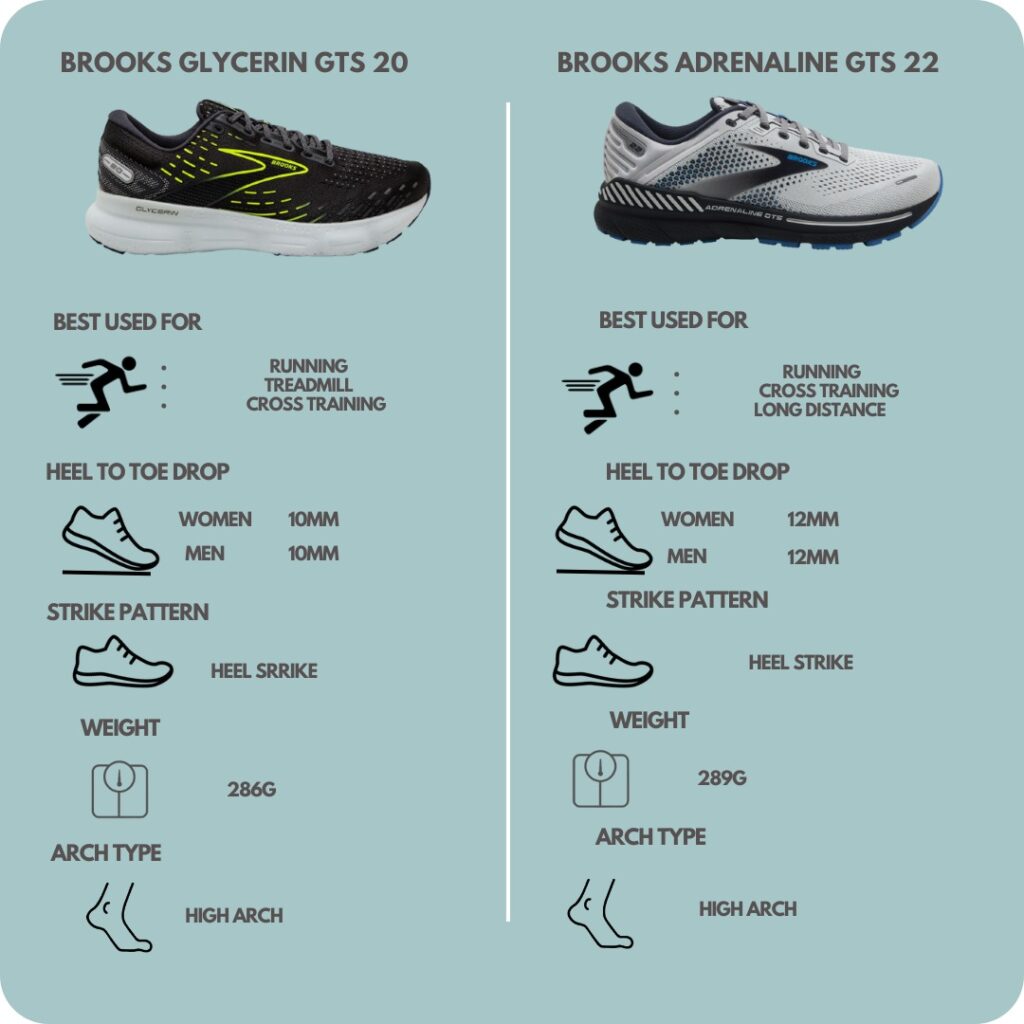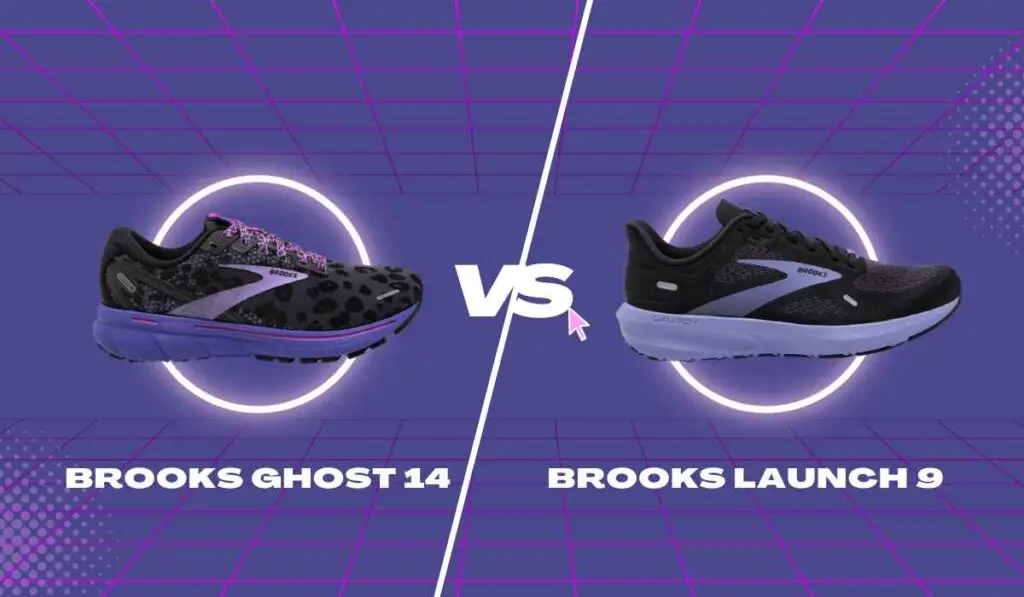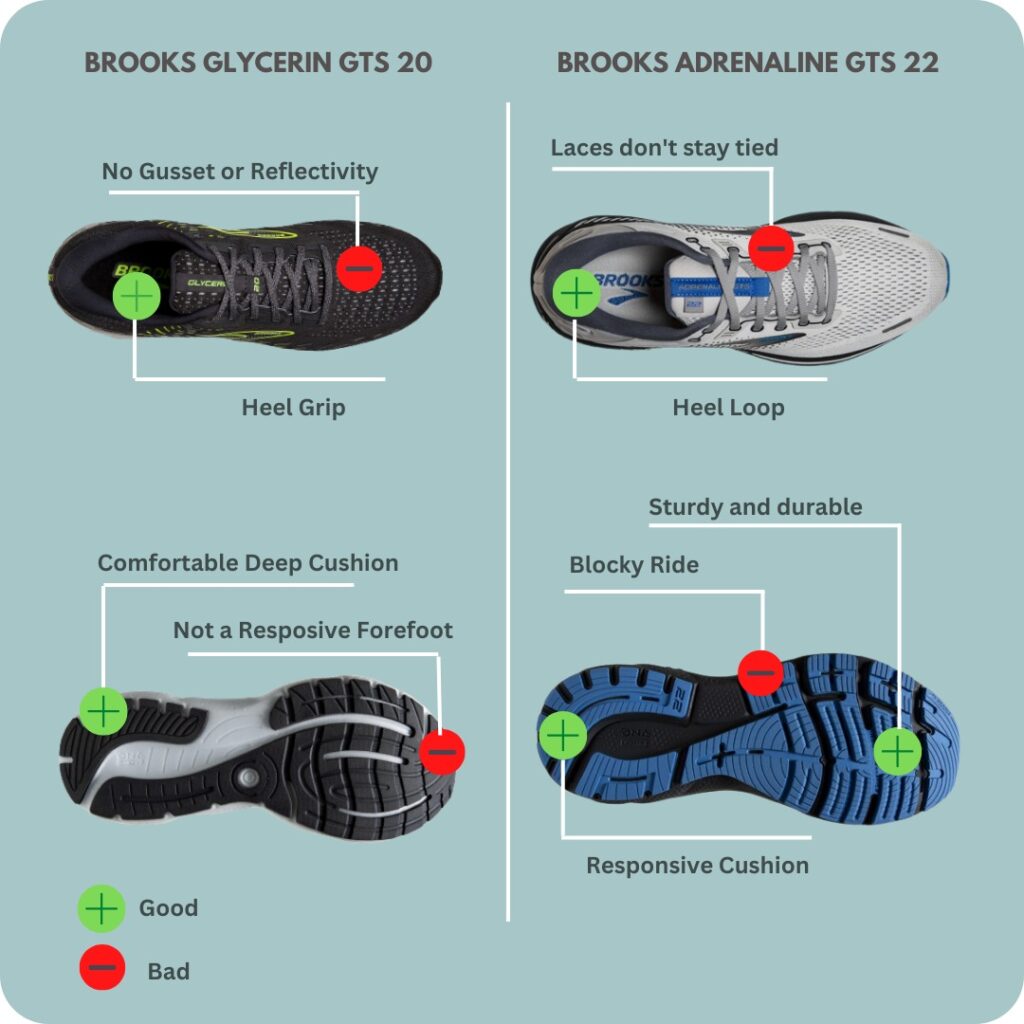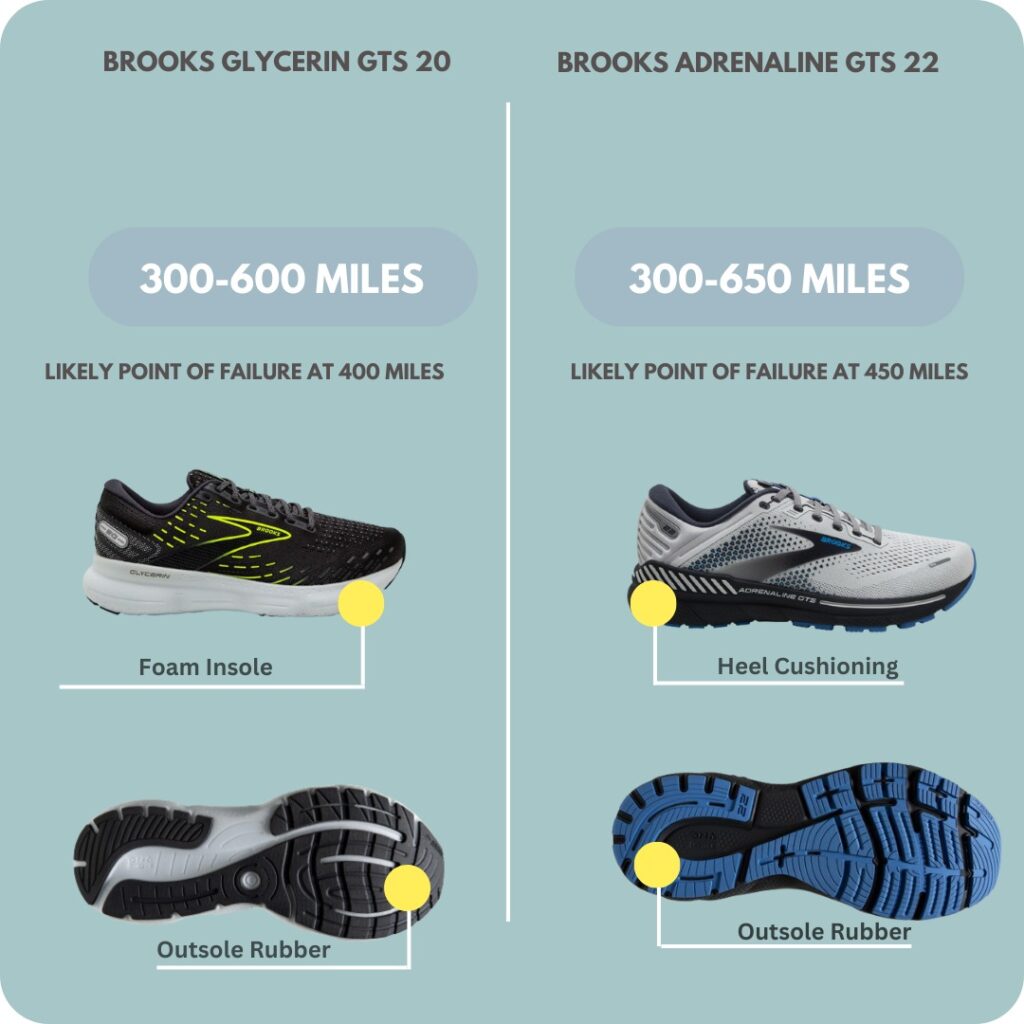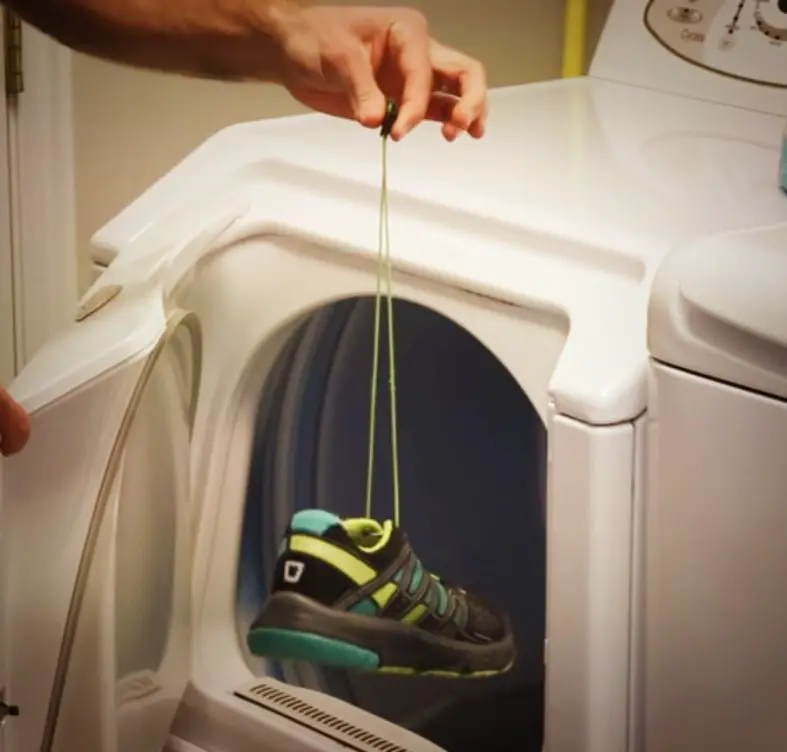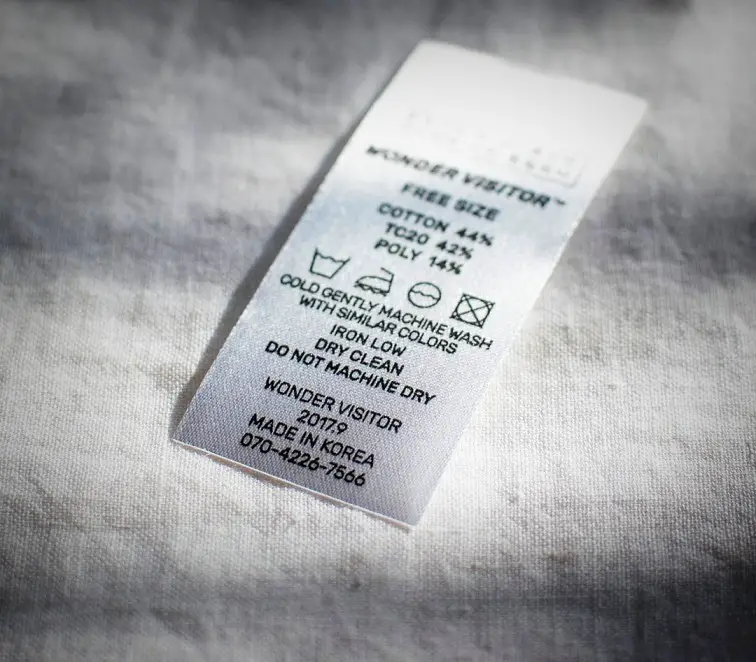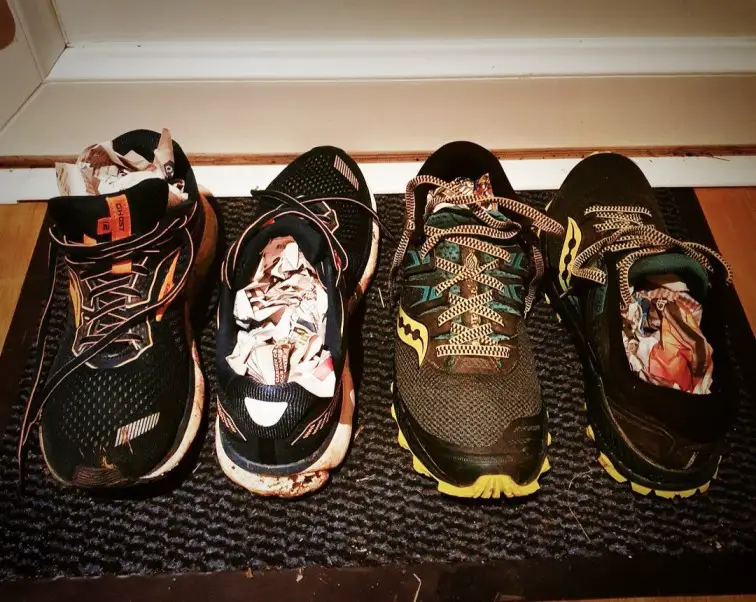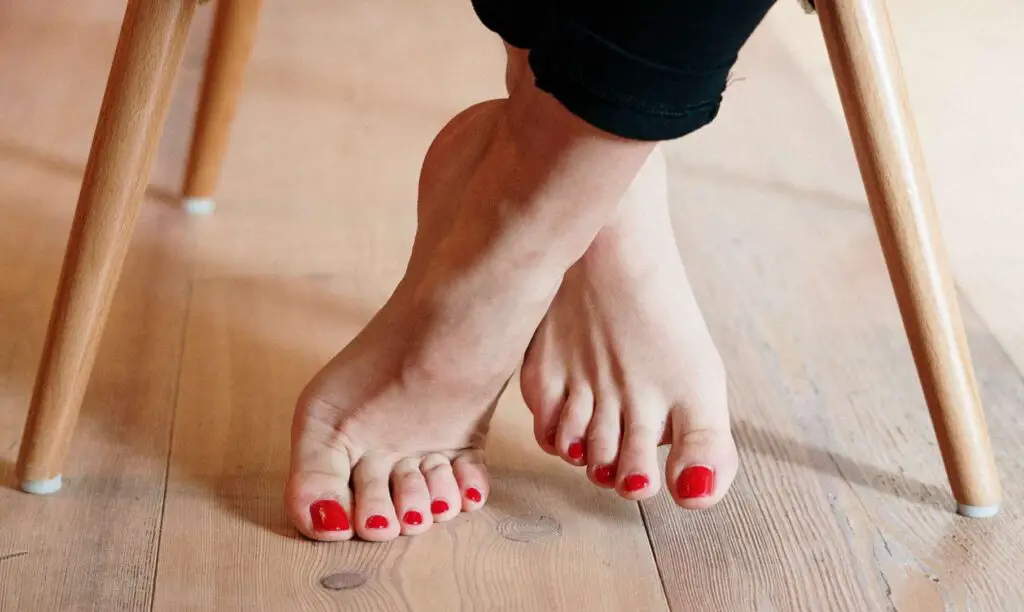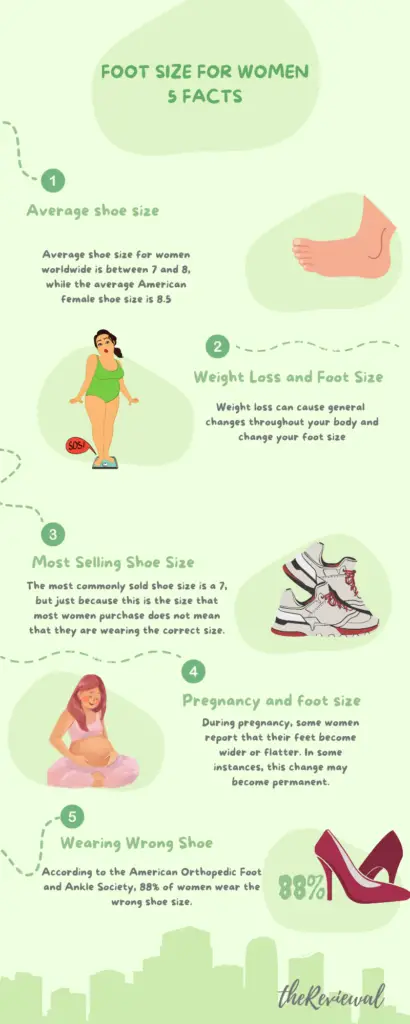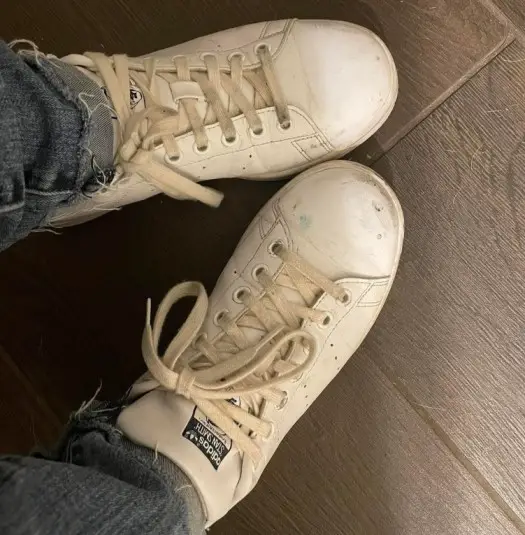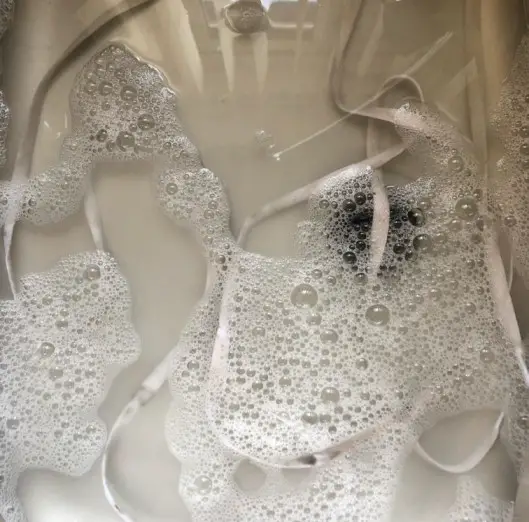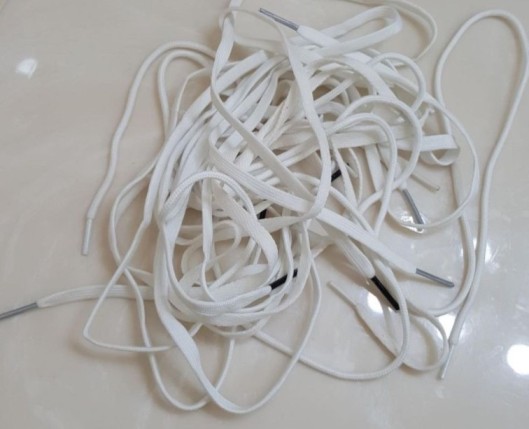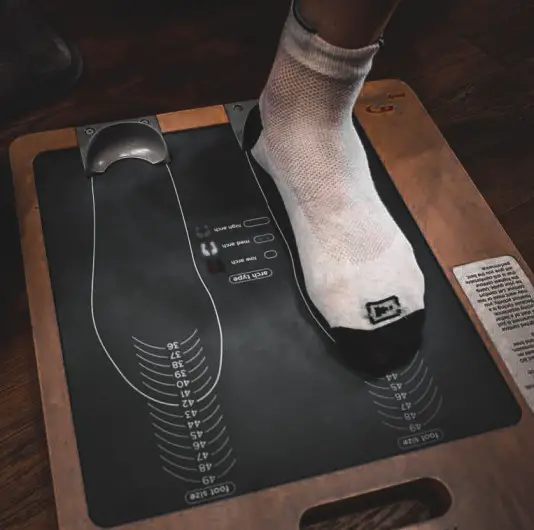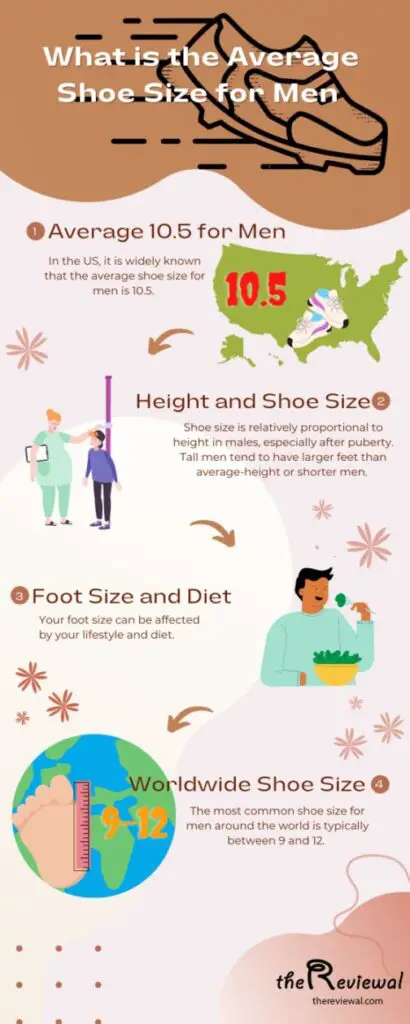Shoelace Aglet/Tip Repair and Replacement (3 Clean and Practical Ways)
Many times, you will have tied your shoes or sneakers and you will have seen that at the end of the laces there is a plastic or metal tip.
Well, you should know that this is called an aglet. Although it seems that they are not very useful, the truth is that they fulfill a very important function, or rather a several.
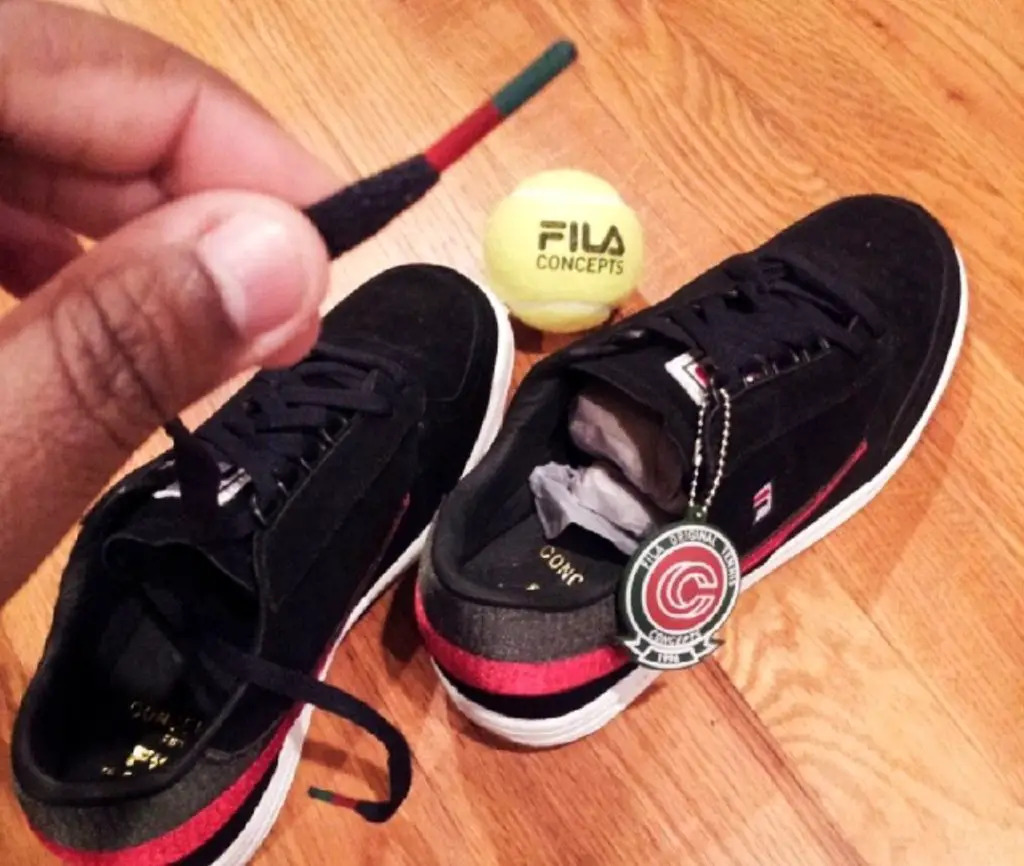
Nobody can deny that the laces of our shoes are one of the most essential things in our daily life, although most of the time we don’t even notice it.
Of course, there is nothing worse than getting up one morning, putting on your favorite shoes, and realizing that the ends of your shoelaces are damaged, tarnishing your outfit and preventing you from putting it on properly.
If this has ever happened to you and you’re thinking of throwing away those old shoelaces, don’t do it! They still have a remedy and that is why, in this article, we propose 3 easy ways to fix them.
Why do shoelaces have aglets?
The most important is to keep the fabric strands of the laces together, preventing them from fraying and spoiling.
Another function is to make it easier to pass the laces between the holes in the shoe. Imagine how difficult it would be to get them around without them.
The aglets facilitate the fastening of each lace, making it possible to hold them with just two fingers, to make it easier to tie them.
And finally, it is undeniable that it also makes the shoe look prettier. They wouldn’t be pretty or as easy to handle if we just had frayed laces.
Are shoelace Aglets important?
Its most important function is to hold the fabric strands of the laces together. The tips of the shoelaces are protected by the aglets and are prevented from fraying.
Another relevant utility is to make it easier for the laces to pass through the holes in the shoe.
Aglets, much like needles with threads, make it easy for the wearer to weave shoelaces in and out of the series of holes in the shoe known as eyelets or lugs and also allow the wearer to tighten the laces. In addition to shoelaces, aglets are used to cover the ends of shoelaces.
Different types of metals such as copper, bronze, silver, and gold have been used throughout the centuries to make useful and decorative aglets.
Can aglets be repaired?
Shoelaces have to put up with a lot of wear and tear. Every time we step into our shoes, our shoelaces have to tie the shoe to our feet.
Eventually, shoelaces will wear out from use, most of the time they will begin their decomposition at the aglet.
But don’t worry, there are some easy ways to repair your tags. You will extend the life of your laces. Extending the life of shoelaces is green because it keeps old laces out of the landfill and reduces the material needed for new laces.
How to repair shoelace aglet
1. Fixing Shoelace Tips with Metal Aglets Professionally
This is an easy and professional way to fix a shoelace aglet without replacing it. This method is really fast too.
For doing that all you need,
- Scissors
- Metal Aglets
- Crimping Tool
Look at the video for how to fix shoelace tips with metal aglets professionally.
2. Fixing Shoe Aglet Using Shrink Tube
Another way to fix your frayed shoelaces is using a heat shrink tube. It is also an easy and professional way to fix your shoelace tips.
For doing that all you need,
- Scissors
- Shrink Tube
- Lighter
Step 1. Cut the Shrink Tube
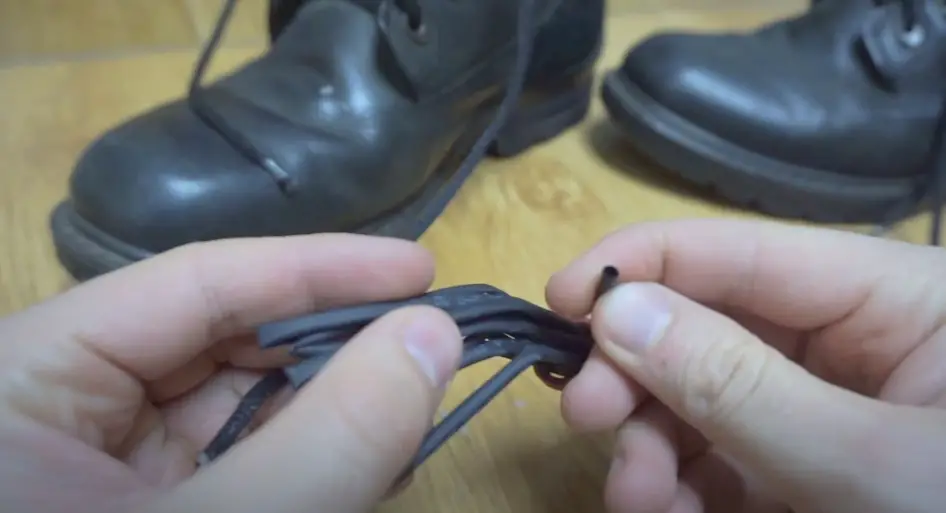
First off cut off the frayed shoelace and take the shrink tube and cut with scissors to the length you want for the aglet.
Step 2. Put the Shrink Tube into the Laces
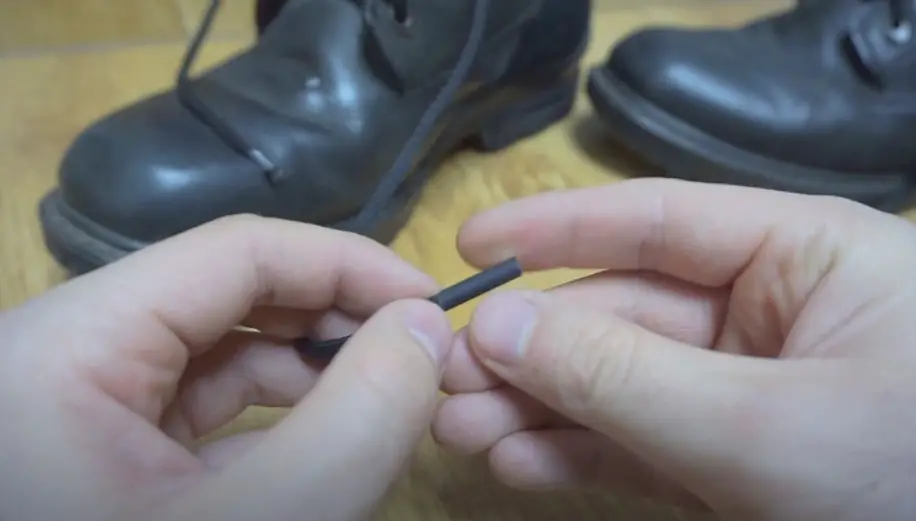
After cutting the shrink tube, place it over the shoelace end.
Step 3. Shrink the Tube Using a Lighter
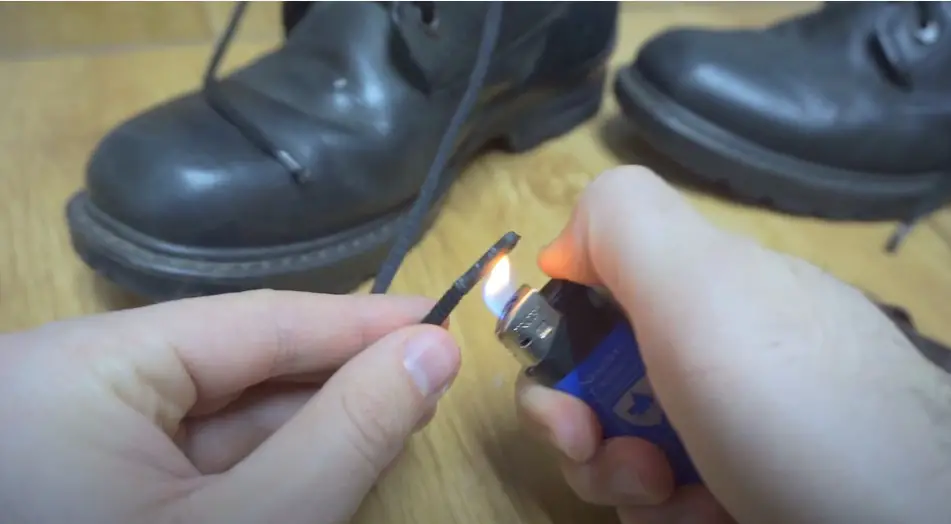
After placing the tube to the shoelace end shrink them with a lighter slowly. Be careful don’t heat them too much. Then squeeze them a little bit for the perfect shape.
Step 4. Done!
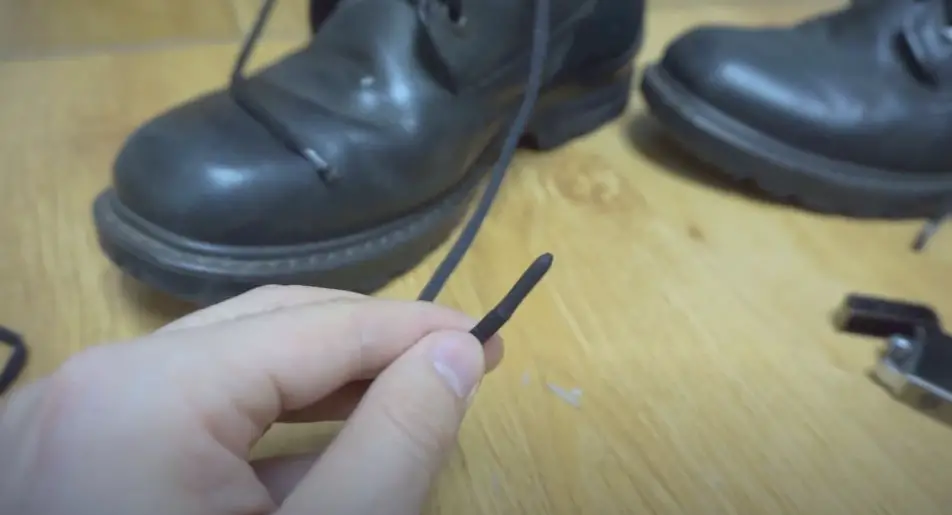
3. Repair Shoelace Aglet Using Scotch Tape
If you do find your dog or cat chewing on your shoelaces and damaging them. Of course, it is frustrating especially if you are hurry for going somewhere.
Don’t worry, this is an easy and fast way to fix your shoelaces. Yes, it seems to be unprofessional but this is an easy and quick method.
So, you can buy the new shoelace they’re not so expensive but it’s this is not happening for the first time, right?
Yes, it always happens. For me, it happens many times. So, I realized it might be better I will fix it myself and it will last longer.
I don’t need to go every half a year to the shop to buy an old shoelace.
For doing that All you need,
- Scissors
- Sticky Transpirant Tape
Step 1. Take a Sticky Tape and Cut with Scissors
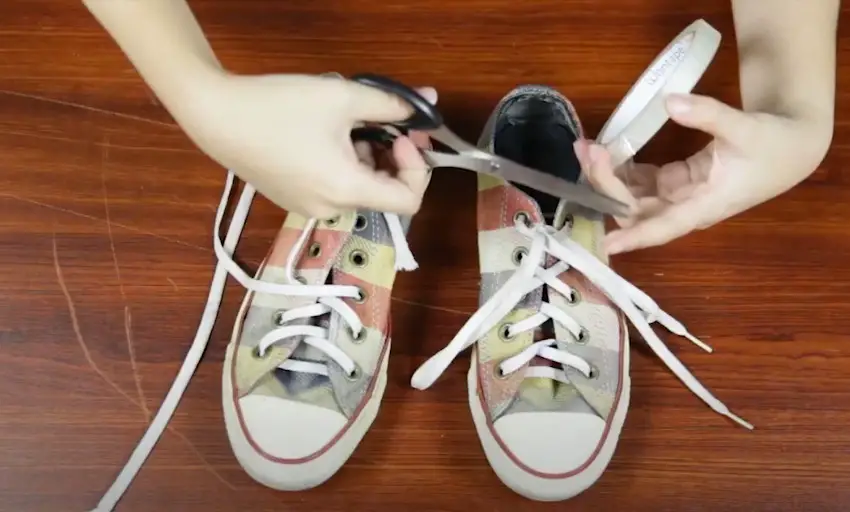
Take a sticky tape and cut with scissors two small pieces for taping the tip of your laces.
Step 2. Wrap It Tightly with the Sticky Tape
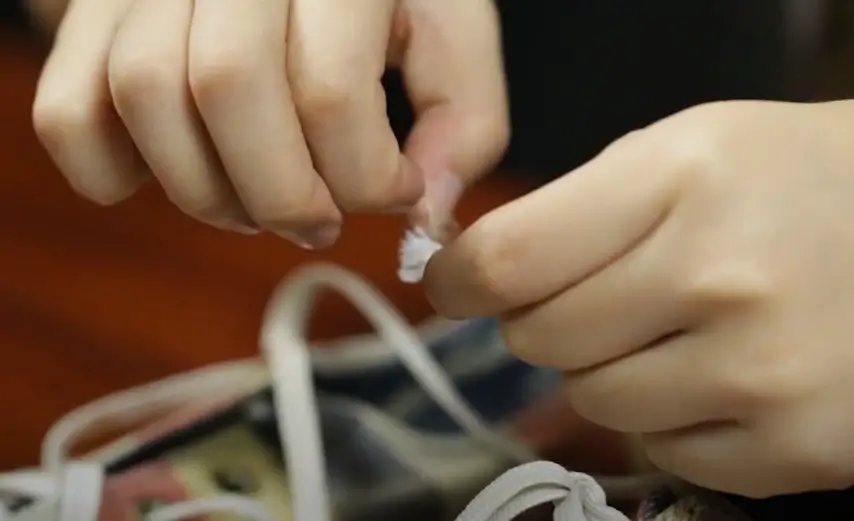
Wrap one end of the tape around your lace tip then squeeze a little bit for the perfect shape
Step 3. Done!
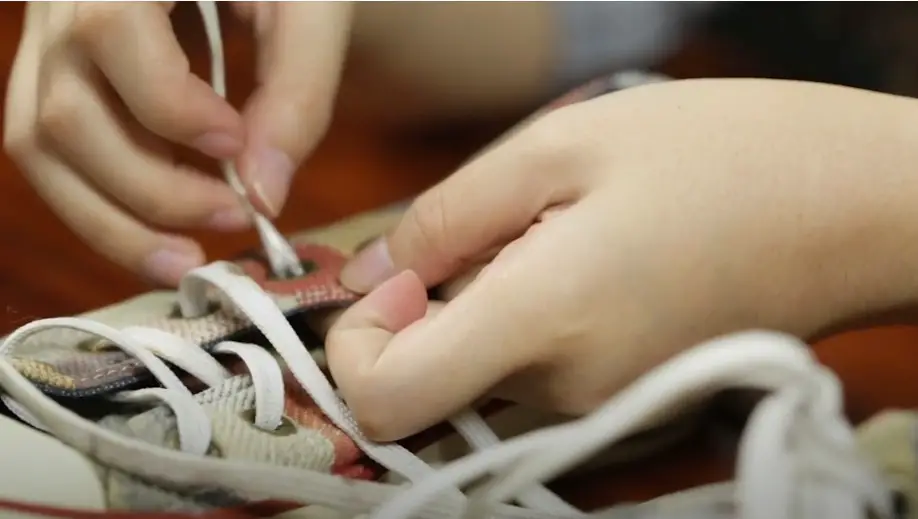
Almost done! The laces can pass through the holes in the shoe easily
Alternative Methods
- Fix them with polish — If the tip of your shoelace has become deformed, all you have to do is place it in a bottle of clear nail polish (or whatever color you prefer), and leave it like that overnight. In the morning, you will notice that it has hardened and you can now use it normally.
- Burn them a bit — This solution is ideal for frayed laces since there is nothing like a fire to forget about this problem. Very carefully, take a lighter or a match and bring the tip of the lace close, so you can seal it with heat. When it cools you will notice that it is the same as before.
- Use duct tape — Find a transparent zeal and wrap a small piece around the end of the cord you want to fix. It is best to give it several turns, to make sure it is resistant. This is one of the simplest solutions and one that can get you out of any trouble.
Final Thoughts
I hope you found this article interesting and useful.
With that, it’s time to hear what you have to say.
Now you may have a clear idea about how to fix your shoelace aglet.
Or maybe you have a question.
Either way, let me know your thoughts in the comments section below.
Shoelace Aglet/Tip Repair and Replacement (3 Clean and Practical Ways) Read More »
